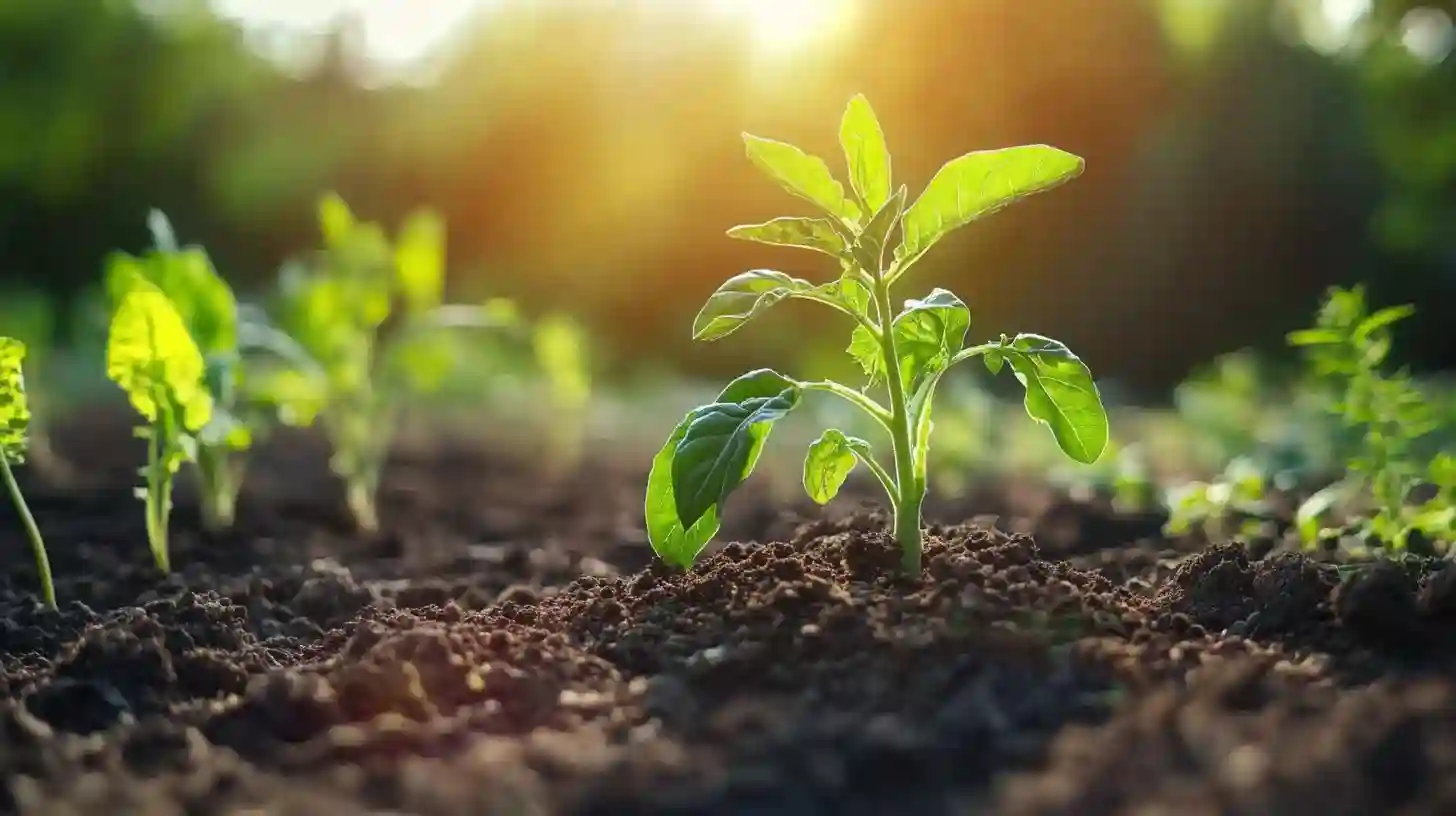
Growing a vegetable garden in your backyard can be a rewarding and fulfilling endeavor. It allows you to enjoy fresh produce right from your own patch of land while also providing an excellent opportunity to connect with nature. However, a successful vegetable garden requires planning, effort, and knowledge. Here are some tips and expert advice to help you cultivate a thriving garden.
First and foremost, selecting the right location is crucial. Vegetables typically require at least six to eight hours of sunlight each day. Therefore, choose a spot in your yard that receives ample sunlight and is easily accessible for watering and maintenance. Avoid areas that are prone to flooding or have poor drainage, as standing water can invite root rot and other issues that harm plant growth.
Next, consider the soil quality. Vegetables thrive in nutrient-rich soil. Conduct a soil test to determine pH levels and nutrient content. Most vegetables prefer a slightly acidic to neutral pH, usually around six to seven. You can amend your soil by adding organic materials such as compost or well-rotted manure, which will improve soil structure and provide essential nutrients. Regularly turning your soil will further enhance aeration and promote healthy root development.
Once you have assessed the location and improved the soil, it's time to choose the right vegetables. Think about the climate in your region and select varieties that are well-suited to your growing conditions. You can opt for easy-to-grow vegetables such as tomatoes, zucchini, lettuce, and radishes, especially if you are a beginner. Also, consider planting a mix of warm-season and cool-season crops to maximize your harvest throughout the year. Additionally, companion planting can enhance growth by using natural pest deterrents and encouraging pollination.
Planning your garden layout is another essential step. Decide whether you want to create raised beds, traditional rows, or container gardens. Raised beds can improve drainage and make it easier to manage soil quality while allowing for easier access. If you choose to plant in rows, make sure to space your seeds or seedlings far enough apart to allow adequate air circulation. Proper spacing can help prevent diseases that thrive in crowded conditions. Also, consider the height and growth patterns of the vegetables you are planting; tall plants should be located on the north side of the garden to prevent shading shorter plants.
Proper watering techniques also contribute to a successful vegetable garden. Vegetables generally require consistent moisture, but it is vital to strike a balance. Overwatering can lead to root rot, while underwatering can result in stress and stunted growth. Aim to water deeply and infrequently rather than giving light, daily sprinklings. Early morning is typically the best time for watering, as it allows plants to absorb moisture before the heat of the day. Using soaker hoses or drip irrigation systems can help conserve water and minimize evaporation.
It's imperative to remain vigilant about pests and diseases that can threaten your vegetable garden. Implementing preventive measures, such as rotating crops each season, can minimize pests' potential to establish a stronghold. Additionally, consider incorporating physical barriers like row covers or insect netting to protect your plants from unwanted insects. Regularly inspect your garden for any signs of insect activity or disease. If problems arise, respond promptly by using organic pesticides and solutions whenever possible, as they are less harmful to beneficial insects and the environment.
Fertilizing your vegetable garden with care can provide your plants with the necessary nutrients for healthy growth. Organic fertilizers like compost, fish emulsion, or bone meal can offer balanced nutrition while building soil fertility. Always follow instructions on application rates, avoiding over-fertilization, which can lead to lush foliage but poor fruit production. A well-maintained garden will reveal its needs through the appearance of the plants and the quality of the produce.
Finally, be patient and enjoy the process. Gardening is as much about the journey as it is about the harvest. Embrace the challenges and learn from any setbacks. Regularly tend to your garden's needs, and don’t hesitate to stop and appreciate the flowers, insects, and changes in your plants. Each season brings its own unique joy and lessons, so take advantage of the opportunity to cultivate not only your vegetables but also your connection to the earth around you. Through consistent effort, thoughtful planning, and an eagerness to learn, you can grow a flourishing vegetable garden that will reward you with fresh produce and a deeper appreciation for nature.